
Topics
As we continue with hour-long special on this 56th anniversary of the bombing of Hiroshima, we now turn to a historyof radiation poisoning not in Hiroshima, not in Nagasaki, but right here in the United States.
Peter Eichstaedt’s book, ??If You Poison Us: Uranium And Native Americans, starts by saying that the supply ofuranium that fuelled the Cold War came largely from the Four Corners Area of the United States. Some of the richestdeposits were found on the Navaho reservation. Between 1950 and 1980, as many as 15,000 people worked in uraniummines. About one quarter of the miners and millers were Native Americans. Responding to an urgent plea to helpdefend our country, and eager to earn miner’s wages, poverty-stricken Native Americans labored to feed the atomicmill. For nearly 3 decades, in the face of growing evidence that uranium mining was dangerous, state and federalagencies avoided responsibility for warning the miners, or imposing safety measures in the mines.
In a few minutes, we will hear the story of one of those uranium miners.
But right now, we turn to Wenonah Hauter, director of Public Citizen’s Energy and Environment Program. She has justreleased a report called “Another Nuclear Rip-Off: Unmasking Private Fuel Storage.” The report reveals that 8nuclear companies have teamed up to try to privatize–for the first time — the storage of high level nuclear waste.Once again, the nuclear companies have their sights on Native American land.
Guest:
- Wenonah Hauter, Director of Public Citizen’s Energy and Environment Program.
Now we turn to Carletta Garcia, who is the daughter of Dorothy Perly, a well-known Native American uranium miner.Carletta told the story of her family and uranium at a major conference in 1999 called “Beyond the Bomb,” sponsoredby Peace Action.
Tape:
- Carletta Garcia, daughter of Dorothy Perly, who is a well-known Native American uranium miner. Carlettatold the story of her family, and uranium.
??
??
??
????
??

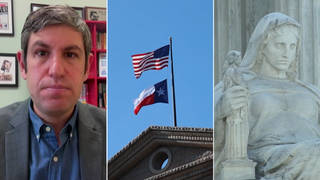
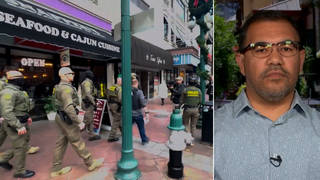
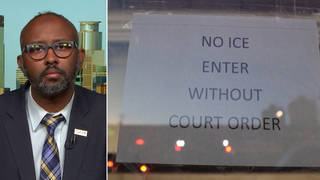
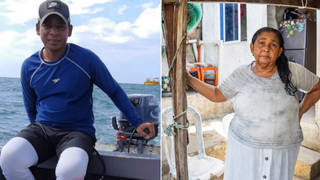





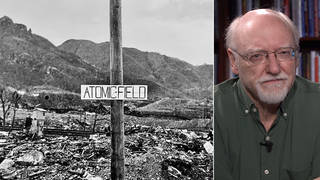
Media Options